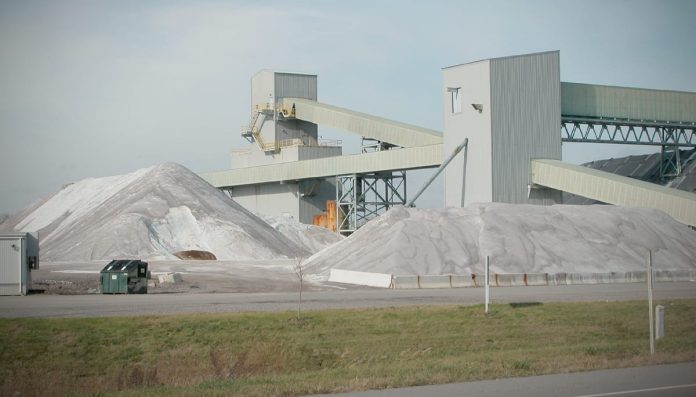IoT connectivity provider Senet has struck a deal with systems integrator SimplyCity to enable LoRaWAN for city councils in Australia, geared towards applications including energy metering, control systems, street lighting, and traffic monitoring.
Perth-based SimplyCity is targeting related smart sectors including agriculture and heavy industry, as well.
It is in the process of rolling out a LoRaWAN-based environmental monitoring solution in a Western Australian salt mine. “This flagship project will set the global standard for industrial-grade IoT projects at remote locations under harsh conditions,” said Senet in a statement.
It has delivered LoRaWAN-based agricultural productivity solutions under its SimplyFarm business brand, it said. Elsewhere, it has deployed a free-to-use LoRaWAN network for data-driven critical infrastructure and asset management projects for communities, city planners and STEM school students.
Ram Kuppusamy, director at SimplyCity, commented: “This partnership allows us to take advantage of Senet’s ecosystem of certified sensor and gateway manufacturers from around the world.”
Bruce Chatterley, chief executive at Senet, said: “SimplyCity has proven expertise solving problems for municipalities, farms and industrial organizations by integrating and sharing critical sensor data. We are excited to be collaborating with SimplyCity to create and implement future IoT applications across Australia.”
Senet has been busy of late, with deals to integrate LoRaWAN connectivity with LoRa sensors from US equipment vendor Radio Bridge and smart cities solutions from Spanish IoT firm Wellness Telecom. It is also bundling LoRaWAN with IoT firm InfiSense platform for industrial, real estate, retail and agriculture markets.
Chatterley, speaking in these pages recently, said LoRaWAN and NB-IoT are the two low-power wide-area (LPWA) networking technologies best positioned to succeed in the burgeoning industrial IoT space.
“LPWA networks represent 55 per cent of the IoT connectivity market. Their characteristics are well known. There have been several competing technologies, historically. But proprietary solutions are declining in terms of market share, and LoRaWAN and NB-IoT are positioned best to thrive,” he said.
A balanced account, taking the views from all sides of the LPWA sphere is presented in a new report from Enterprise IoT Insightson low-power wide-area (LPWA) conectivity in the internet of things (IoT), which asks ‘who is winning what?’, and concludes, actually, that each of the four perceived heavyweights in the LPWA ring is boxing its own fight.

